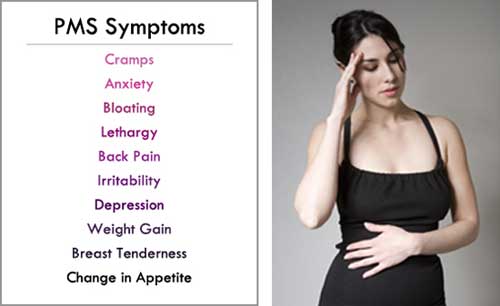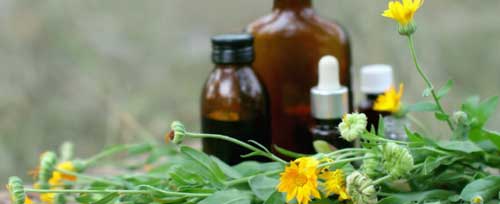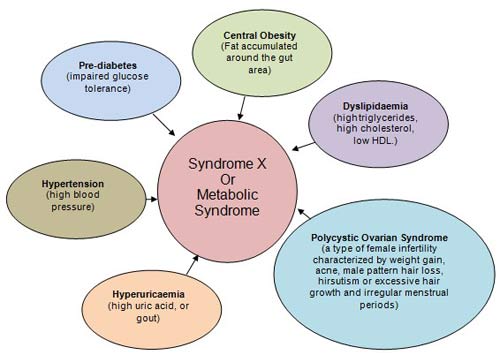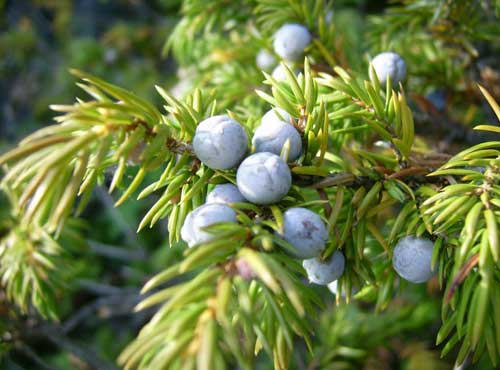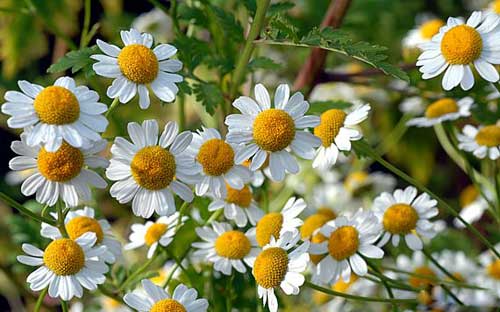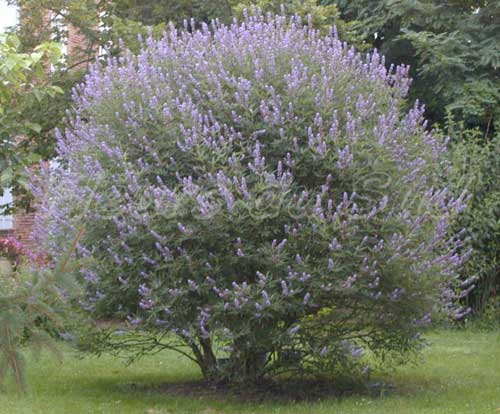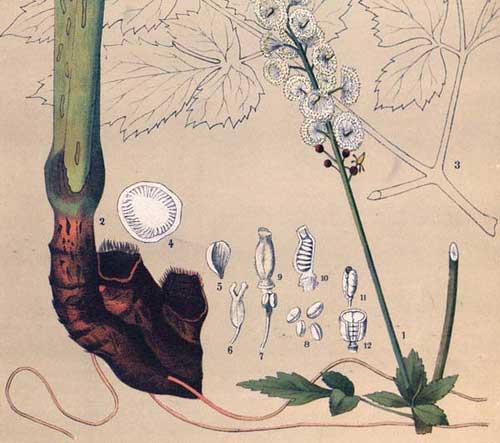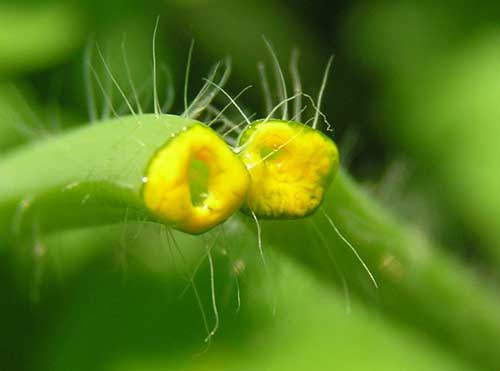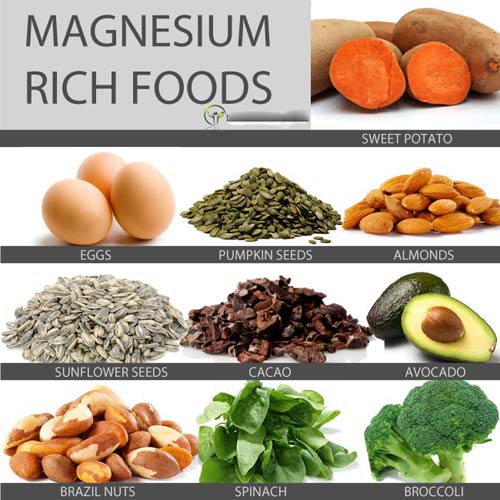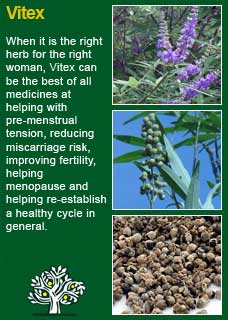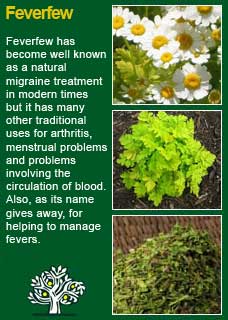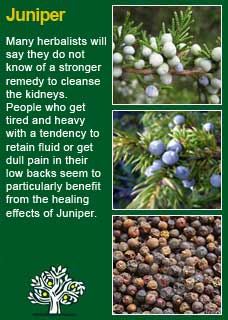
|
|
||||||||||||||
| Our Pages ABOUT CONSTITUTIONAL MEDICINE
|
Women clearly experience PMS in distinctly different ways and different approaches are needed according to the woman herself, as well as the kinds of symptoms she is suffering from.
This type of premenstrual syndrome (PMS-A) is characterised by nervous tension, mood swings, irritability and anxiety. Research shows it appears to be caused by an imbalance of oestrogen and progesterone, with a relative excess of oestrogen and a relative deficiency of progesterone. In turn, this imbalance is contributed to by inadequate liver clearance of oestrogens and/or a low level of progesterone production. It has taken a long time for the emotional symptoms of PMS to gain recognition within medicine. During the 1950’s 60’s and 70’s conventional medicine decreed that this kind of PMS was a simply a failure to cope and the only treatment recommended was sedation! Although there is still no blood test to identify PMS we have come a long way in understanding the ‘physicality’ of the problem and it is clear that this is a problem that can at least be greatly helped if not completely cured with the right approach. Often, the best herb to start with for many women suffering from PMS-A is Vitex -- more about this below.
This type of premenstrual syndrome (PMS-C) is characterised by such symptoms as headache, cravings for sweets, increased appetite, heart pounding, fatigue, dizziness or fainting. The ‘C’ after PMS stands for ‘carbohydrate craving’. Glucose tolerance tests performed on PMS-C patients during the 5-10 days before their period showed a flattening of the early part of the curve that indicated they were secreting excessive amounts of insulin in response to sugar consumption. The same tests performed on the same groups of women at different times of the month gave normal glucose tolerance results. This increased binding capacity for insulin appears to be caused by oestrogen levels that are too high in relation to progesterone and again, this can be caused or contributed to by a faulty liver clearance of oestrogen. The ratio of oestrogen to progesterone is a critical factor in PMS-C; fortunately, it is something we are able to favourably alter. It is rare to see PMS-C by itself. Most often it will be found along with some degree of PMS-A. The treatment for PMS-C is very similar to that which is used for PMS-A but there is an obvious emphasis on regulating carbohydrate metabolism. If a woman is prone to carrying excess weight around her middle, and/or is prone to mildly elevated blood pressure and cholesterol levels then she should carefully check to see whether she has the metabolic syndrome. Correcting this will not only help the PMS but many other associated problems, more here
This type of premenstrual syndrome (PMS-D) is characterised by depression, forgetfulness, crying, confusion and insomnia. A woman may not have all these symptoms at once but if this seems to be the dominant pattern, then it will have an important bearing on the choice of treatment that will best help. The ‘D’ after PMS stands for depression and research has shown that women who suffer from PMS-D have low levels of certain key neurotransmitters in their central nervous systems. Symptoms of PMS-D are closely connected to disturbed or altered oestrogen metabolism. This makes it quite different to other forms of PMS where in general the oestrogen levels are simply too high. To improve oestrogen metabolism in PMS-D, along with certain dietary suggestions as outlined further below, it may be of much help to use the Native American herb Black Cohosh, more about it below. Further to this, and certainly if there are ongoing symptoms during the month, there are strong and certain ways to help depression in general that are outlined in detail here
This type of premenstrual syndrome (PMS-H) is characterised by weight gain (often more than a kilo), swelling of the face, hands and ankles, breast tenderness and congestion and abdominal bloating or discomfort. The ‘H’ stands for ‘hyper-hydration’. Elevated levels of the hormone aldosterone cause the retention of fluids in PMS-H. It appears that what causes aldosterone to rise excessively is a hormone imbalance between oestrogen and progesterone where oestrogen is too high and progesterone is too low in the premenstrual phase. Women who suffer from PMS-H may be 'salt-sensitive' and need to reduce or even avoid added salt in the diet. During the premenstrual phase, they can react strongly to salt with a diminished ability of the kidneys to maintain proper fluid volume within the body. This can cause high blood pressure as well as the retention of fluids. Stress also causes aldosterone to rise but it can be difficult to tell cause from effect as of course, PMS itself creates its own stress. Liver function plays an important part in PMS-H, not only does it regulate aldosterone but it also removes excess oestrogen from circulation. Generally, the best treatments for PMS-H are similar to those used for other types of PMS and the main priority is still to return the cycle of hormonal changes into balance. That said, it is also likely that a woman with PMS-H needs to help improve her body's kidney function and fluid balance, something that the herb Juniper is particularly good at, more below in the section on liver cleansing.
PMS-P means P for pain and is characterised by an increased sensitivity to pain that is believed to be associated with an imbalance of cellular hormones called prostaglandins. The main symptoms of PMS-P include aches and pains, a reduced pain threshold and dysmenorrhoea (a painful period). Research has shown that the principal causes behind PMS-P are again an imbalance of the oestrogen to progesterone ratio, with oestrogen levels becoming too elevated and progesterone levels becoming too low. There are several herbs that may be especially helpful here. Feverfew in particular has been shown to markedly reduce the prostaglandins that are associated to the increased sensitivity to pain. Also, two herbs already mentioned, Vitex and Black Cohosh, can markedly benefit the oestrogen-progesterone ratio and have balancing effects on the hormonal cycle in general, more below.
Let Nature take the first step when it comes to the premenstrual syndrome, taking the right herb at the right dose for long enough, will have an excellent chance things of making things very much better. Vitex is, for many women, a great hormonal balancer and can form the cornerstone of many treatment programs for PMS-A, PMS-C, PMS-H and possibly PMS-P. Vitex has been extensively proven in numerous studies to benefit the oestrogen-progesterone ratio and has wide ranging effects on the hormonal cycle generally. It is a potent herb that needs to be taken with care, respect and understanding, more here
Black Cohosh is the key healing herb for many women who suffer from PMS-D and possibly PMS-P. Black Cohosh has been the subject of numerous research papers that show how it can remedy disturbed oestrogen metabolism. For example, a recent German study with 135 women suffering from severe PMS showed it greatly reduced symptoms of depression, anxiety, tension and mood swings. Learn more about it here
Feverfew, although most commonly thought of as a migraine herb, can be of particular benefit with PMS-P as it can reduce prostaglandins that are associated with the pain and cramping, more here
Research shows that many symptoms of PMS are caused by imbalances of oestrogen and progesterone and that liver health is one of the key factors that determine how bad the PMS is. If you have signs of poor liver health such as;
then read about cleansing and detoxification here
A wide-scale study by Dr Guy Abraham, in the Journal of Reproductive Medicine, showed that women who suffer from PMS, compared to symptom-free women, consume 62% more refined carbohydrates, 275% more refined sugar, 79% more dairy products, 78% more salt, 53% less iron, 77% less manganese and 52% less zinc. A large part of the reason for this is likely to be tied up with what are termed ‘negative coping skills’, i.e. comfort eating. The following steps can be recommended as being helpful for all types of PMS When blood sugar levels are low the ability of progesterone to be transported into the cells is also impaired. At the other end of the scale, a high sugar intake has been shown to both increase oestrogen levels as well as impair the metabolism of oestrogen. As well as being sure to not go too long without food, one of the best ways to prevent hypoglycaemia is to have protein in the morning, e.g. eggs but also nuts, seeds, cheese or yoghurt. Phtyo-oestrogen rich foods contain natural oestrogen-like substances that compete with the body's own oestrogen hormone when it is too high. There have been numerous well-designed studies showing how a diet rich in phyto-oestrogens benefits many aspects of reproductive health and cultures that traditionally eat large amounts of these foods have markedly lower rates of PMS. This table shows foods that are rich in various phyto-oestrogens.
Many symptoms of PMS are made worse by inadequate levels of magnesium. When oestrogen levels are high, excess calcium is retained in the body leading to a relative imbalance of magnesium. A trial of a magnesium supplement may be a good idea, as will be eating foods rich in magnesium.
Eating plenty of fibre, which basically means eating plenty of fruit and vegetables, is widely recommended for general health. In terms of PMS, women eating a high fibre diet have been shown to excrete up to 2 to 3 times more oestrogen and have 50% lower levels of free oestrogen in their blood than those on a low fibre diet.
Finally, you might benefit from learning about your constitution to know what kind of foods, herbs, exercises etc. will work especially well for your health in general.
Please understand that I cannot personally advise you without seeing you in my clinic. |
|
|
© 2011 R.J.Whelan Ltd
